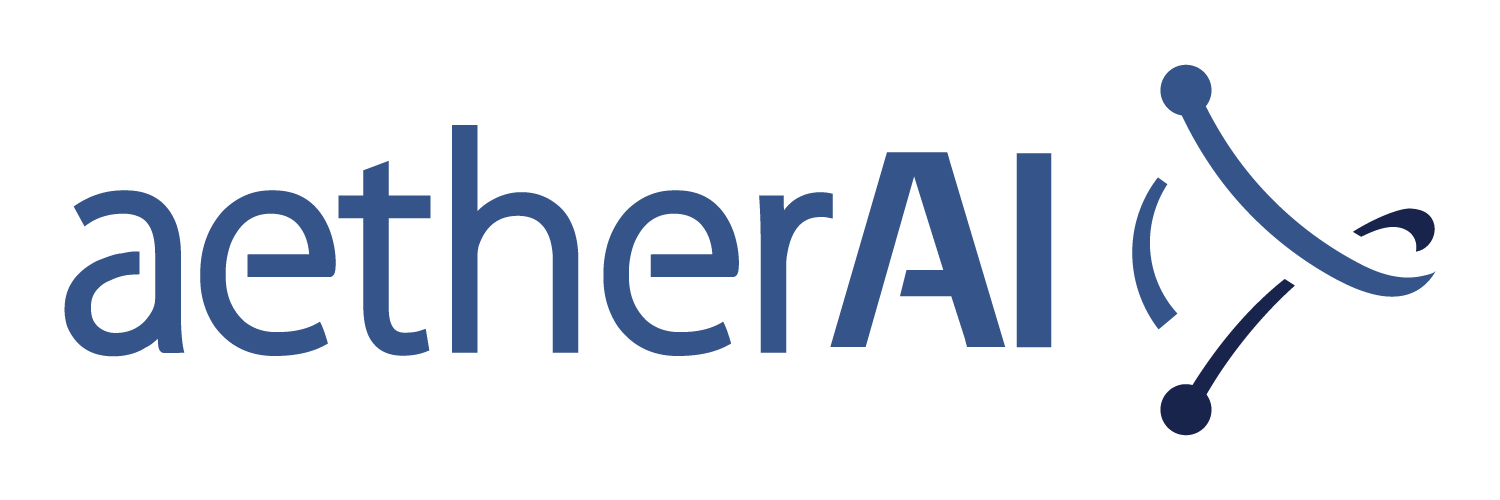Aiosyn: Behind the scenes of pathology AI innovation – Blazej Dolicki’s insights into training, validation, deployment, and beyond
After joining the team in 2022, Blazej has played a crucial role in developing and training Aiosyn’s products, particularly AiosynQC. In this interview, he shares insights on:
- Collaborating with pathologists to ensure a high-quality product
- Adapting to the diverse needs of laboratories
- Training for various image standards
- Validation processes
- Handling security concerns
Victoria Grosu, Marketing & Communications Assistant at Aiosyn: Good morning, Blazej. Before we start, could you please introduce yourself and describe your role at Aiosyn?
Blazej Dolicki, Product Lead – AiosynQC & AI Engineer: Of course! My name is Blazej Dolicki, and I am the Product Lead of AiosynQC and an AI Engineer at Aiosyn. My main role involves overseeing the development of AiosynQC, our AI-powered solution for automated quality control of whole slide images. I coordinate a cross-functional product team, which includes engineering, marketing, sales, and regulatory specialists. Additionally, part of my time is allotted to refining Aiosyn’s algorithms and expanding our AI capabilities.
Victoria: Can you walk us through the workflow of performing a quality check for scanned slides and how AiosynQC contributes to the process?
Blazej: Currently, quality control at most digital pathology labs is performed manually by lab technicians, which is a laborious, time-consuming, and subjective process. They inspect digitized histology slides for overall quality and the presence of artifacts such as missing tissue, out-of-focus areas, dust, tissue folds, and air bubbles. The goal is to ensure that all slides forwarded to pathologists are of high quality, helping them to perform quick and accurate patient diagnosis and treatment decisions. AiosynQC automatically detects such quality issues and supports the quality checks, which significantly reduces the manual effort and increases the efficiency of pathology labs.
Victoria: When developing the algorithm, what steps did the team take to ensure that the product effectively supports the needs and workflows of pathology laboratories, including integration with existing systems and usability for laboratory personnel?
Blazej: We continuously consult pathologists, laboratory technicians, and other stakeholders to understand their specific needs and pain points. It is essential that our product not only achieves high accuracy but is also user-friendly and helpful. By engaging directly with end-users before and after deployment, we are able to incorporate their feedback to make AiosynQC better with every iteration. Furthermore, our solution is highly modular and can be easily integrated into existing workflows with most scanners, image management systems, and platforms.
Victoria: With many different laboratories and companies that can benefit from this solution, how does AiosynQC ensure it adapts to their varied requirements and needs?
Blazej: Every lab has different standards and needs, so AiosynQC is designed to be highly adaptable to various requirements. It offers customizable sensitivity and reporting options, allowing labs to tailor the tool to their specific needs. Whether it is integrating with different slide scanners and image management systems or adjusting the detection thresholds for various artifacts, AiosynQC provides labs the flexibility to optimize their workflows.
Victoria: How was the algorithm trained to adapt to the variations in image standards and differences across different laboratories?
Blazej: During the development of AiosynQC, we ensure that it meets the diverse needs of pathology labs through extensive collaboration with pathology professionals and multi-center testing. The algorithm was trained and validated on hundreds of images from more than 20 medical centers, ensuring it performs robustly across different settings and stain types.
Victoria: When validating the product, what metrics or criteria were used to evaluate the performance of the product, and how do you measure success?
Blazej: We employ a rigorous analytical validation approach to ensure that the algorithm demonstrates high accuracy in identifying quality issues, comparable to manual quality control performed by experienced technicians. Short processing time is also crucial to facilitate a smooth quality control process. Ultimately, the success of AiosynQC is measured by its ability to enhance the productivity of the lab personnel, prevent images with quality problems from entering the diagnostic pipeline, and improve slide preparation and scanning.
Victoria: How do you handle data privacy and security concerns, especially if sensitive information is involved?
Blazej: Data protection and security are a priority for our team. When integrating AiosynQC with our customers, we establish a secure, encrypted connection (using HTTPS and VPNs) together with a built-in authentication and authorization system. Our regulatory and quality assurance teams collaborate with engineers to guarantee that our software complies with local regulations regarding data privacy, such as GDPR. Moreover, AiosynQC does not require identifiable patient data to operate, and it is designed to use as minimal patient information as possible, reducing the chance of loss of privacy.
Victoria: Are there any ongoing efforts in the AI team aimed at improving AiosynQC or incorporating new AI advancements?
Blazej: Our AI team is continuously enhancing AiosynQC based on feedback from existing customers and progress in the field of artificial intelligence. This includes improving the algorithm’s accuracy and efficiency, exploring new features, and refining our integration capabilities to better serve our users in digital pathology.
Victoria: Thank you for your time, Blazej! Your insights into the technical aspects of the product were very informative. I look forward to seeing the impact of AiosynQC on the industry.
Learn more
Explore how AiosynQC can improve the efficiency of your laboratory. Find additional information regarding our AI-powered quality control solution, examples of artifact detection, integration, FAQs, and more.
SOURCE: Aiosyn
































